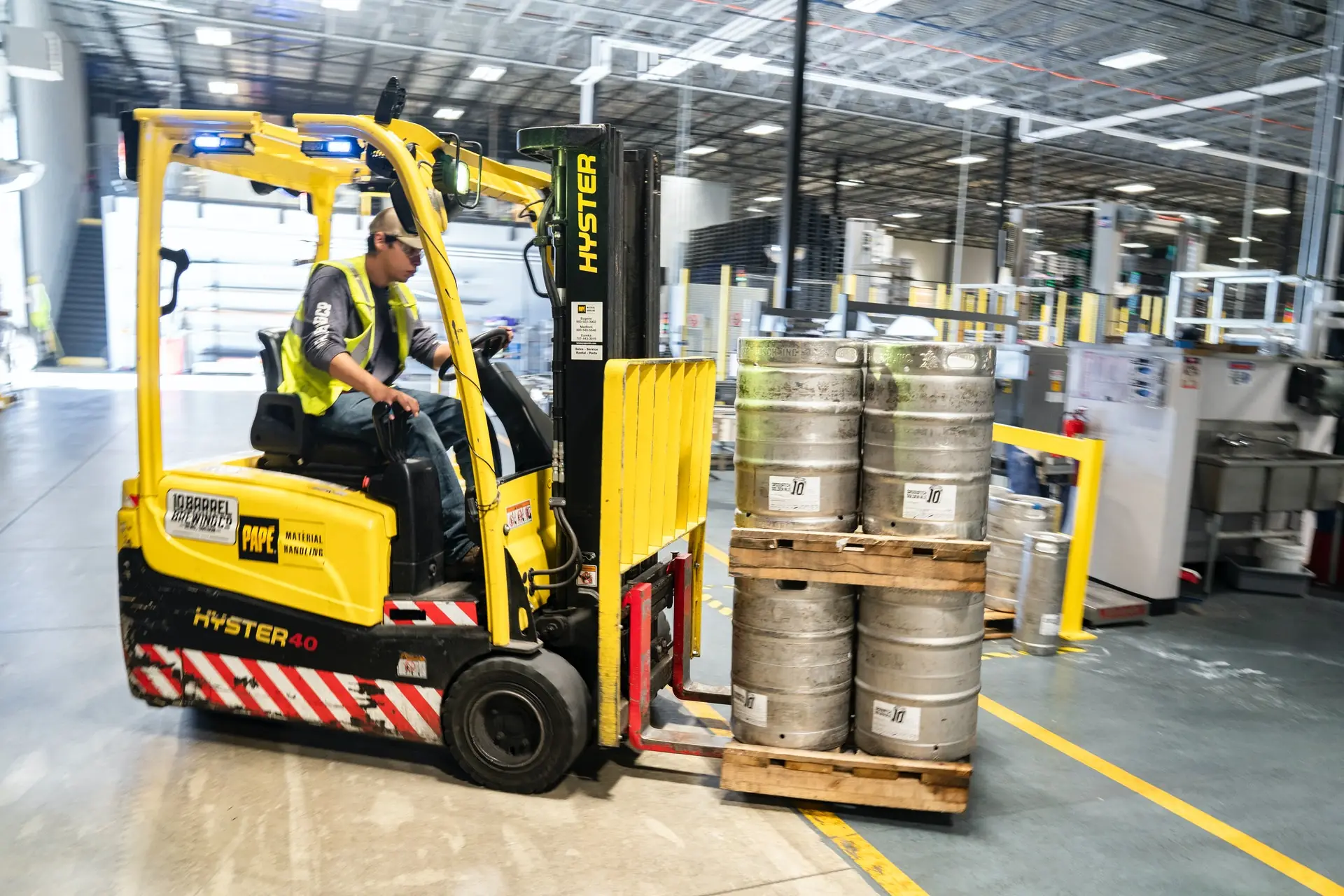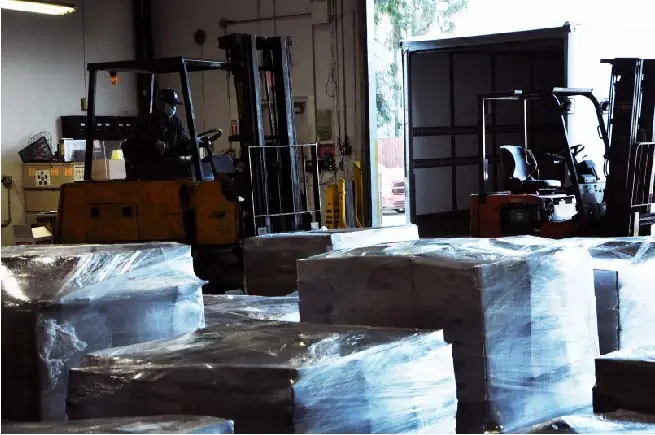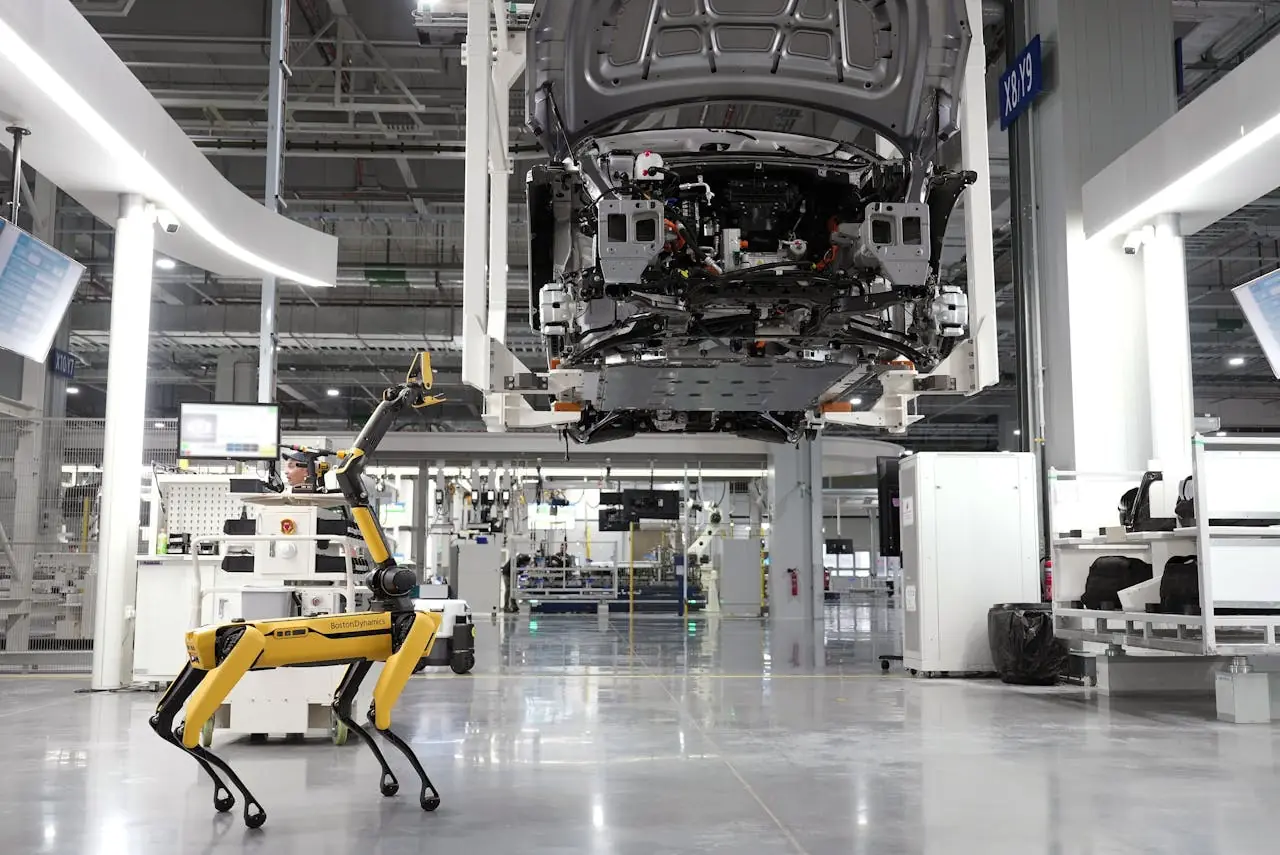Looking for a job that offers stability, good pay, and minimal entry barriers? If so, getting forklift certified could be your golden ticket. Forklift jobs are abundant, especially in Southern California, where industrial work is booming. This blog post will guide you through everything you need to know about becoming a forklift operator, from certification to securing a job.
In today's job market, forklift operators are in high demand. These jobs are essential for the smooth operation of warehouses, construction sites, and manufacturing plants. Southern California, with its extensive industrial areas, offers numerous forklift opportunities. This blog will walk you through the steps to get certified and start your career as a forklift operator in California.
Why Consider a Career as a Forklift Operator?
Forklift operators are crucial in many industries, including warehousing, construction, and manufacturing. With the increasing reliance on logistics and e-commerce, the demand for skilled forklift operators is on the rise. Forklift jobs often come with competitive salaries and benefits, such as health insurance and retirement plans. The average hourly wage

for a forklift operator in California ranges from $15 to $25, depending on experience and location. Becoming a forklift operator doesn't require years of education or training. With a high school diploma or GED and a forklift certification, you can quickly start your career and begin earning a steady income.
Why Do I Need a Certification?
Forklift certification is a process that ensures you have the necessary skills and knowledge to operate a lift safely. This certification is crucial for your safety and the safety of those around you. In California, OSHA (Occupational Safety and Health Administration) mandates that all operators must be certified. This certification involves both classroom instruction and hands-on training. Having a certification not only makes you a safer operator but also enhances your employability. Employers prefer certified operators because it reduces the risk of accidents and increases productivity.
Steps to Get Your Certification in California
Step 1: Find a Reputable Training Program
The first step in getting certified is to find a reputable training program. Look for programs that are OSHA-approved and have experienced instructors. You can get this certification directly from OSHA or find another reputable source.
Step 2: Complete Classroom Instruction
Classroom instruction covers safety, operational procedures, and maintenance. You'll learn about different types of forklifts, load handling, and workplace hazards.
Step 3: Hands-On Training
Hands-on training is where you'll get practical experience operating a forklift. You'll practice maneuvers, load handling, and safety checks under the supervision of an instructor.
Step 4: Pass the Certification Exam
After completing the training, you'll need to pass a certification exam. This exam typically includes a written test and a practical skills test. Passing this exam will earn you your forklift certification.

Types of Forklifts and Their Uses
There are several types of forklifts, each designed for specific tasks. Common types include counterbalance forklifts, reach trucks, and pallet jacks. Counterbalance forklifts are the most common type and are used in warehouses and loading docks. They have a weight at the back to counterbalance the load at the front. Reach trucks are designed for high shelving, while pallet jacks are used for moving pallets over short distances. Knowing the right type of forklift for the job is essential for efficient operation.
The Importance of Safety in Forklift Operations
Safety is paramount when operating a forklift. Always adhere to OSHA guidelines and your training program's safety protocols. Common hazards include

tipping over, collisions, and falling loads. Always remain vigilant and practice safe driving habits to avoid accidents. Regular maintenance checks are crucial for the safe operation of a forklift. Ensure that the forklift is in good working condition before each use.
Landing a Job as a Forklift Operator
A strong resume is your first step toward landing a job. Highlight your certification, training, and any relevant experience. Look for job openings on job boards, company websites, and through networking. Southern California has numerous opportunities for certified forklift operators. Prepare for interviews by researching the company and practicing common interview questions. Be ready to demonstrate your knowledge and skills in forklift operation.
Conclusion
Becoming a certified forklift operator in California opens up numerous job opportunities in various industries. By following the steps outlined in this blog, you can quickly get certified and start your career. Don't wait—take the first step toward a rewarding career today. For personalized guidance and to learn more about our training programs, contact us at [Brand Name].
Ready to get started? Reach out to SkillsetGroup once you have your certification and take the first step toward your new career. Visit our website or contact us for more information.

Diversifying Your Cloud Technology for Business Resilience
When your business relies on cloud technology to operate, ensuring resilience is no longer optional, it’s essential. Outages like the Microsoft services going down on November 25th as well as the larger Microsoft outage earlier…
Read More

Cybersecurity and Automation in Modern Manufacturing
In today’s digital age, the manufacturing industry is undergoing a transformation driven by innovations such as automation and advanced manufacturing software. These technologies are reshaping manufacturing trends, leading to increased efficiency, reduced costs, and a…
Read More

Logistics’ Biggest Pain Points and How You Can Mitigate Them
In logistics and warehousing, success is defined by efficiency, reliability, and adaptability. Yet, this industry faces significant challenges that can disrupt operations and impact profitability. For managers, supervisors, and business owners involved in logistics management,…
Read More

A Pink Halloween: Supporting Breast Cancer Awareness Month
Each year, SkillsetGroup likes to get in the holiday spirit in different ways. In the past we have done our decoration contests for Halloween with each office vying to take the lead. This year, we…
Read More

